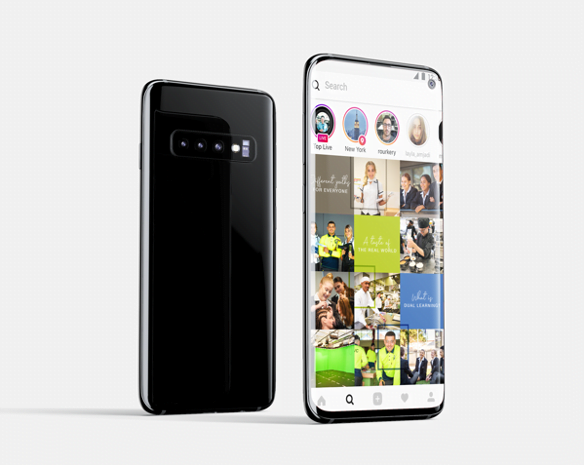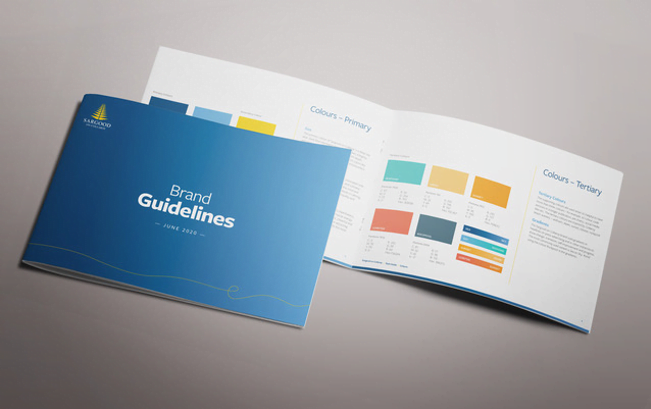Looking back over the past 6 months it’s unsettling to see how much of the world has changed. We have all had to be agile and adapt to a whole new world due to COVID, and the reality is there is no going back to the exact same world we used to live in. This is true both personally and professionally, so how can companies and marketing professionals adapt their plans to the new normal whilst still maintaining similar business goals to what was planned in early January?
The crisis has no doubt impacted many businesses but, in a way, it did us a service by providing us with the opportunity to imagine a new and better way forward. Once lockdown hit, many companies had to quickly adapt their strategies to include digital and they had to rethink their planning for 2020, ascertaining whether it was still relevant to the current reality. Although the market has seen a decrease in fees for radio and outdoor advertising, those are not the safest and most cost-effective forms of advertising to invest in at the moment.
With many people working from home and the uncertainty of when (or if) there will be another lockdown in Australia, companies had to adapt their communications towards channels that are flexible and can easily reach and connect with consumers. Whilst priorities may have changed since early January, most business objectives remain the same, so it is the marketing manager’s role to shift their strategy towards different solutions in order to achieve the same end result.
The fact that businesses had to quickly adapt and put together an online marketing campaign is a bonus as having a digital presence would be inevitable to all companies in the future anyway; however, many corporations (large and small) are approaching their customers through these digital channels in the same way they did through their traditional marketing forms. This is unfortunately a common mistake.
Although digital marketing is now an essential part of business marketing, it isn’t as simple as everyone thinks. Companies have to create stories, build a community and make people feel like they are part of that brand. Whilst traditional marketing tends to be more product-focused orientated, digital platforms are all about the customer and their experience. Ironically, it is through the online world that companies are now able to connect and establish a relationship with clients by carefully listening to their wants and needs before selling their solutions.


In 2019 Fresco developed the social media pages of Southern Cross Vocational College and designed a new visual concept that portrayed students in their potential future careers. These posts worked alongside more general posts; this strategy demonstrated the strong link between all aspects of the College.
According to the same LinkedIn survey done in July 2020, since the beginning of lockdown, we have seen a 67% increase in webinars and 56% increase in organic social. By late last year, many forward-thinking companies had already figured that digital (done right) is the best way to market to a company. As COVID fast forwarded the process for everyone, it is now the time for businesses to strategically position themselves in the online world to increase their sales and brand awareness and not to simply post on those platforms with no strategy or plan in place as this can do more harm than good.
A key exercise for companies when setting out on social platforms is to stablish their brand personality. This means creating a persona for a business and applying those characteristics in all communication, from the way companies interact with their staff to how Customer Service deals with complaints.
COVID has not only impacted the economy but has shifted the way people interact with each other. As communities face social distancing measures, people are now looking for other ways to fulfil their need for human interaction. The best way for companies to adapt to this new scenario is by tuning into this reality and providing a space where like minded people can have a sense of community by engaging with that brand and each other.
When it comes to personal interactions, humankind gravitate towards others that have similar values and personality, so if marketing managers want consumers to connect and proudly support their brand, they must “speak the same language” and be an extension and reflection of their consumers values and beliefs.
The secret to creating a brand personality is to first analyse who the customer is and then align messaging, tone of voice and the visual aspects of your campaign to match their personality traits. Consider:
- What does my customer values the most?
- What are their main wants and needs?
- Which causes are they supporting?
- What inspires and motivates them?
All aspects of branding will have an impact (either positive or negative) to how a company is perceived so when creating a brand personality, marketing managers should think through every component, from colour palette through to photography. Through cohesive visual and written communication, marketing managers have the opportunity to tell a story and connect with customers in a much deeper level which will result in not only loyal customers but in faithful brand advocates.


Fresco Creative was tasked to design the Style Guide of Sargood in Collaroy during the COVID-19 temporary resort shutdown. The agency recreated their Style Guide, creating clear, concise and consistent branding guidelines – this helped the Advertising ‘match’ the Brochure and so forth across all their branded collateral.
Another important aspect of your branding (especially during a crisis) is messaging and how companies are communicating their business decisions to both customers and stakeholders. More than ever, companies need to carefully think through every decision, making the wrong move or poorly communicated messaging may lose the trust and loyalty they spent years building.
Expectations have skyrocketed, customers look to companies to be the leaders in caring for their community. Those who do or those who don’t will be remembered for their decisions and the way they interacted with their clients. When sending a message to readers, focus on genuine care and connection as unconsciously people are now seeking a resource they can trust and to make them feel safe.
For a message to be effective, companies need to be genuine as well as meet their customers where they are at. Demand patterns have shifted, and customers’ needs are in constant flux which means that digital campaigns might be the safest solution for businesses to invest their budget in. Whilst traditional marketing can have at least a 14 day lag between launch and data analysis, Facebook and Google can track campaigns in real time allowing marketing managers to quickly shift both their strategy and messaging depending on outside events and their budget.
It is no doubt that companies will continue to walk a tight rope over the next couple of months, but those who behave through this in a more compassionate and transparent way will very likely have loyal customers after the pandemic is over. Businesses need to keep questioning if the message they are sending is right for the current environment and if the company is doing all they can to contribute and connect with the community through creative and informative forms of advertising. Now is the opportunity to either make the life of those who are at home more or less stressful, so marketing departments should listen and think carefully when putting their campaigns together.
